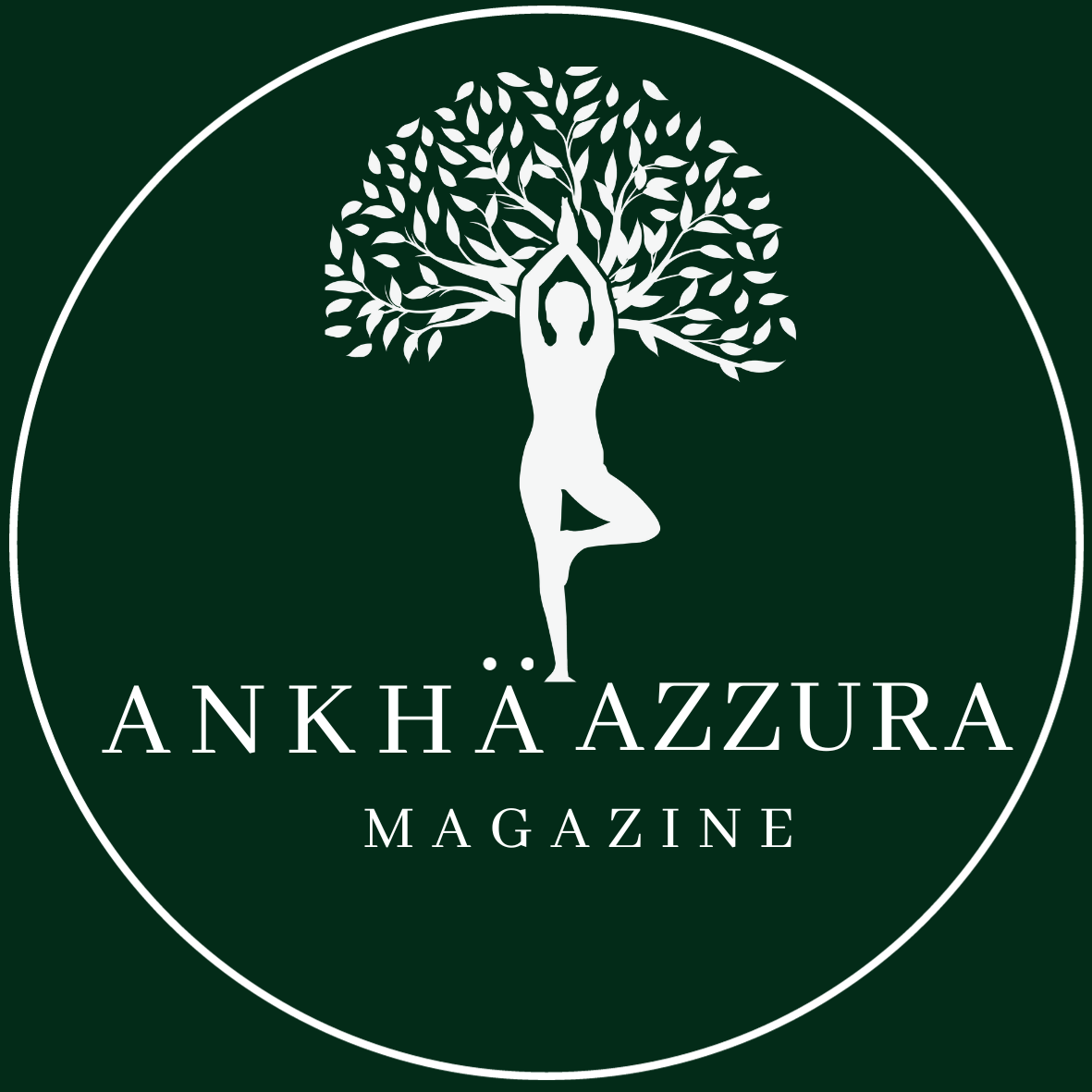Cupping is a practice that involves placing cups on the skin and creating a vacuum by either heating the cup or using a suction device. The cups are left on the skin for several minutes, creating a suction effect that pulls the skin and underlying tissue upward.
Although cupping has been practiced for centuries in China, it has recently gained attention in the Western world thanks to athletes, celebrities, and others who have used it for pain relief and recovery. In fact, during the 2016 Olympic Games in Rio, swimmer Michael Phelps was seen with large circular bruises on his back, which he attributed to cupping. Despite its recent surge in popularity, cupping remains a controversial therapy in some circles. Critics argue that there is not enough scientific evidence to support its use and that it may even be harmful in some cases.
However, supporters of cupping point to its potential benefits for a range of conditions. Firstly pain relief. Cupping has been shown to be effective in reducing pain, especially in the neck, back, and shoulders. This is thought to be due to the increased blood flow and release of tension in the muscles. Secondly being Improved circulation. Cupping helps to stimulate blood flow, which can improve circulation throughout the body. This can help to reduce inflammation, promote healing, and improve overall health. Furthermore, cupping has anti-inflammatory properties that can help to reduce inflammation throughout the body. This can be especially helpful for conditions such as arthritis and asthma. Moreover, cupping can promote relaxation and reduce stress, which can have a positive impact on mental health. As well as that, cupping can help to stimulate digestion and improve the function of the digestive system. Lastly, cupping is believed to help improve immune function by stimulating the production of white blood cells.
Cupping has been used for thousands of years in many cultures around the world, including China, Egypt, Greece, and the Middle East. The exact origins of cupping are difficult to trace, as the practice dates back to prehistoric times, long before written records existed. However, there is evidence to suggest that cupping was widely used in ancient Egypt and China. In fact, the earliest recorded use of cupping in China dates back to 300 AD, during the Han dynasty. In the 6th century BCE, the Greek physician Hippocrates recommended cupping as a treatment for many conditions, including pneumonia, jaundice, and menstrual disorders. Cupping was also widely used in the Middle East, where it was known as “hijama” and was used to treat a range of conditions, from headaches to infertility.
Practitioners of cupping believe that the suction created by the cups helps to promote the flow of qi and blood, and can also help to identify imbalances or blockages within the body. Here are some ways that a practitioner may be able to tell a patient’s health status through cupping:
Colour and texture of the skin: During cupping, the suction created by the cups can cause the skin to change colour and texture. Practitioners may be able to tell if a patient is healthy or not based on the colour and texture of the skin that is exposed after the cups are removed. For example, healthy skin may appear pink or red after cupping, while skin that is pale or discoloured may indicate an underlying health problem.
Sensitivity or pain: Patients may experience varying levels of sensitivity or pain during cupping, which can provide clues about their health status. For example, if a patient experiences a lot of pain or discomfort during cupping, this may indicate the presence of tension or congestion in the affected area.
The strength of suction: Practitioners may also be able to tell a patient’s health status based on the strength of suction that is required to create a therapeutic effect. For example, if a patient requires a lot of suction to achieve the desired effect, this may indicate that they have a weaker constitution or are experiencing more significant health problems.
The location of the cups: The location of the cups can also provide clues about a patient’s health status. Cupping is often used on specific areas of the body that are believed to correspond to different organs or systems within the body. By targeting these areas, practitioners may be able to identify imbalances or blockages that are contributing to a patient’s health problems.
While cupping is generally considered safe, it can cause some side effects, such as skin irritation and bruising. It’s important to seek out a qualified practitioner who is trained in the technique and can provide guidance on proper use. Ultimately, whether or not cupping is right for you will depend on your individual health needs and goals. As with any complementary therapy, it’s important to speak with your healthcare provider before starting cupping or any other new treatment.




